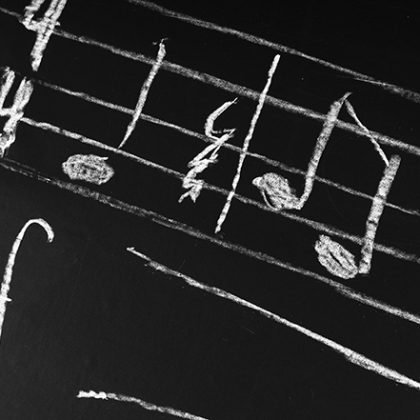Musical Women in Ninteenth-Century America
Adapted from Katherine K. Preston’s Editorial of the latest Journal of the Society for American Music, a special issue on American Musical Life Before 1900, this blog post discusses four notable women in music from ninteenth-century America.
Last year, Mark Katz, the current editor of the Journal of the Society for American Music, invited me to co-edit a special issue on American musical life before 1900. I agreed, for the same reason that I had agreed to assemble a similar issue for American Music in 2003: to encourage both the creation and publication of scholarship that reflects the wonderfully rich musical history of the Americas prior to the twentieth century.
In spring 2013 the call for papers was issued, and early in the summer we began to read our haul—a large number of articles, all of which dealt with some aspect of music and musical life in (mostly) North America during the eighteen and nineteenth centuries. We chose four of the articles, which are published in the most recent issue, “Musical Women in Nineteenth-Century America,” because they worked well together and allowed us to create an issue with a particular theme.
Each of the four articles deals with the activities of women in nineteenth-century America and the importance that music played in their lives. The subjects of three of the essays are professional musicians: two, Rosa de Vries and Emma Juch, were prima donnas (one European, one American) who worked in the world of itinerant opera companies (one in the antebellum period, the other at the end of the century); the third, Augusta Browne, was a performer, teacher, composer, editor, and writer on music. The fourth subject, Emily Dickinson, was an amateur musician who became one of America’s most important nineteenth-century poets. The four articles are quite different and were all written independently, but they overlap marvellously and provide wonderful insight into the cultivation of music by women in nineteenth-century America.
These four vignettes provide interlocking glimpses into different aspects of musical life in nineteenth-century America. The musical, personal, and professional circumstances of each of these women were different, but each responded (in her individual way) to opportunities and obstacles that were sometimes personal, sometimes social. The refracted images from the lives of these four independent and strong women coalesce, overlap, and combine in this single issue; in the process, the portraits help us to understand better not only the place of music in American culture of this period, but also the significant role that music played in the lives of many American women of the time.
You can find the full issue of American Musical Life Before 1900: Musical Women in Nineteenth-Century America on Cambridge Journals Online. Don’t forget to sign up for Journal of the Society for American Music Content Alerts and follow JSAM on Twitter to keep up to date with the latest journal articles.





